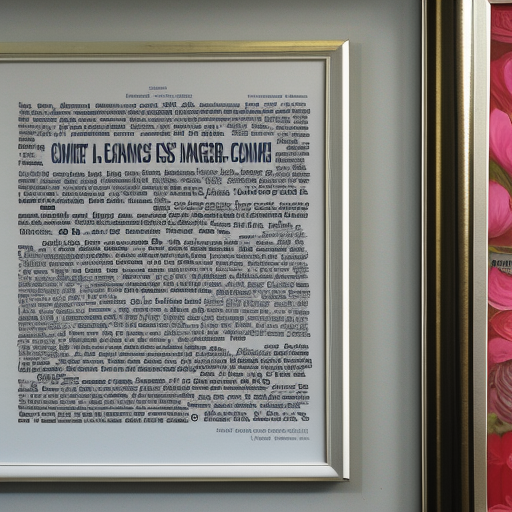[Written by ChatGPT. Main image: “text as art” (SD 2.1)]
Art is a diverse and multi-layered field of study that relies heavily on both visual and textual analysis. While the visuals are, of course, the main focus, it is through text that we often contextualize, critique, and interpret what we see. The rise of artificial intelligence (AI) in the form of text generation tools, such as OpenAI’s GPT models, offers new and exciting opportunities in the field of art study. Here’s how:
Cataloging and Describing Art
Art institutions around the world are home to thousands, sometimes millions, of pieces of artwork. Cataloging these collections can be a daunting task, and writing accurate descriptions for each piece can be even more challenging. Text generation AI can assist in this task, providing concise, coherent descriptions based on given parameters, and thus, greatly speeding up the process.
Analyzing and Interpreting Art
Art interpretation is often a subjective field, reliant on the viewer’s perspective. This subjectivity can lead to a multitude of interpretations for a single piece of art. By using AI models trained on a wide variety of art critiques and analyses, we can generate a range of interpretations for a given artwork, offering a broader perspective.
Writing Art History
The field of art history is expansive, covering thousands of years and countless cultures and movements. Writing about art history can be a complex task that requires a deep understanding of both the art and the historical context in which it was created. AI models trained on extensive databases of art history could assist in drafting articles, research papers, or even books on various art history topics.
Creating New Art
AI is not just a tool for studying existing art; it’s also a means of creating new works. Text-based AI models can serve as a creative partner, generating ideas for new art pieces based on a given prompt. This could be particularly useful for artists working in conceptual or narrative-driven mediums.
Teaching and Learning
AI text generation can also be used in educational settings, providing students with accessible and easily understandable information about various art styles, periods, and artists. This could help democratize art education, making it more accessible to a wider audience.
Final Thoughts
It’s important to note that while AI offers many potential benefits, it should not replace human insight and expertise. AI tools lack the personal connection, emotional understanding, and cultural context that human scholars bring to the study of art. Instead, we see these technologies as valuable tools that can support and enhance our understanding and appreciation of art.
Categories: Text




Leave a Reply